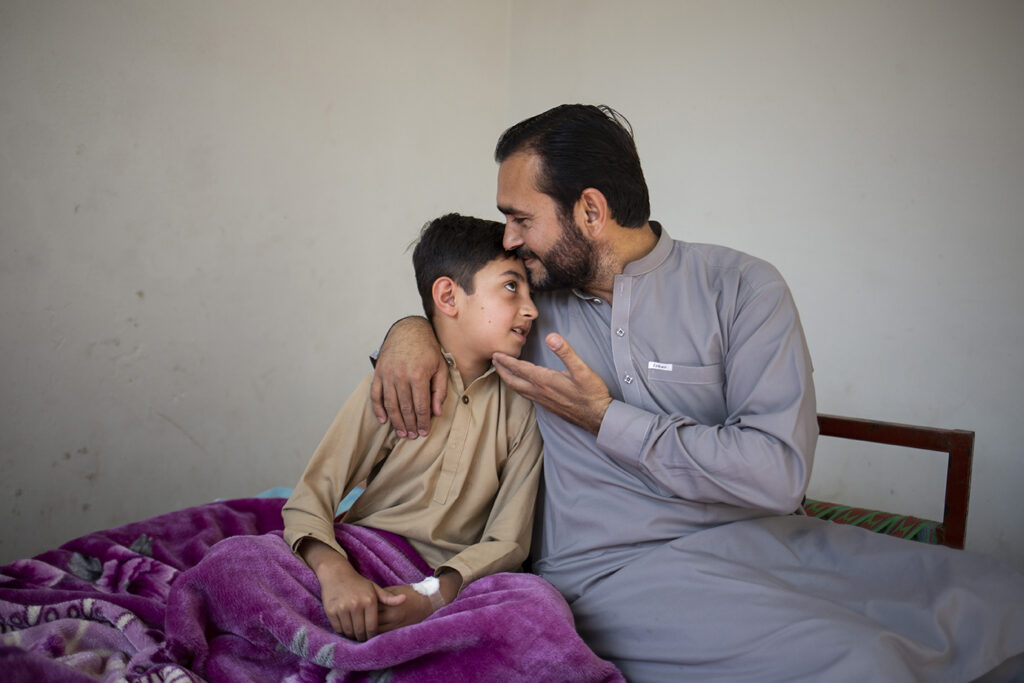
Data, Surveillance, and Monitoring
Measuring and achieving progress on antimicrobial resistance will require better data from across sectors.

Data for Decision Making
A robust and well-functioning antimicrobial resistance (AMR) surveillance system is indispensable for tracking antibiotic use and resistance, and the foundation for evidence-based decision-making.
Evidence: While 216 countries, territories, and areas are enrolled in the GLASS program, only 26 reported on antibiotic consumption in 2020. (Source)
This message is reflected in the U.N. political declaration in OP78, OP96-99.
Surveillance Infrastructure
Skilled human resources, along with diagnostic and laboratory capacities, are the backbone of sustainable, sector-specific, and integrated surveillance systems.
Evidence: Even with the expanding role of public health laboratories, no separate discipline dedicated to the training of human resources in public health laboratories has matured. (Source)
This message is reflected in the U.N. political declaration in OP98, OP100.
Integrated Surveillance
Integrating existing sectoral surveillance systems (GLASS, ANIMUSE, and inFARM) would promote synergy in data collection and increase the depth of evidence across sectors for improved horizon scanning and policy design.
Evidence: Reporting to ANIMUSE has been open to all countries since it launched in 2022, and 92 countries reported data through this mechanism as of February 2023. (Source)
This message is reflected in the U.N. political declaration in OP96-OP99.
Antifungal Surveillance
Antifungal surveillance is crucial for monitoring trends in fungal infections, including the development of antifungal resistance, but remains ad hoc and poorly coordinated; this needs to change.
Evidence: The rapidly rising rates of antifungal resistance and multidrug resistant fungal species make it imperative to include fungal infections into existing national and international surveillance programs. (Source)
This message is reflected in the U.N. political declaration in OP98-100.

Surveillance of Manufacturing Discharge
Scaling up surveillance efforts and industry regulation is needed to address the spread and emergence of AMR through manufacturers’ discharge of antibiotics into wastewater.
Evidence: Antibiotics in water downstream of some antibiotic manufacturing sites have been found at higher concentrations than those found in the blood of patients taking medicines. (Source)
This message is reflected in the U.N. political declaration in OP74, OP76, OP91.
Animal Waste Surveillance
Further investment and guidelines are needed to strengthen environmental surveillance of antibiotic contamination among animal waste.
Evidence: Between 40–90% of active compounds in antibiotics are excreted in feces and urine, eventually reaching the environment, contaminating soils, waters, and plants. (Source)
This message is reflected in the U.N. political declaration in OP101.

Resourcing Surveillance
National surveillance systems must be capacitated and institutionalized to continuously generate high-quality data to inform policy and practice.
Evidence: Most international funding for disease surveillance consists of timebound (3-5 years), project-based investment, which hampers long-term effectiveness. (Source)
This message is reflected in the U.N. political declaration in OP31, OP67.